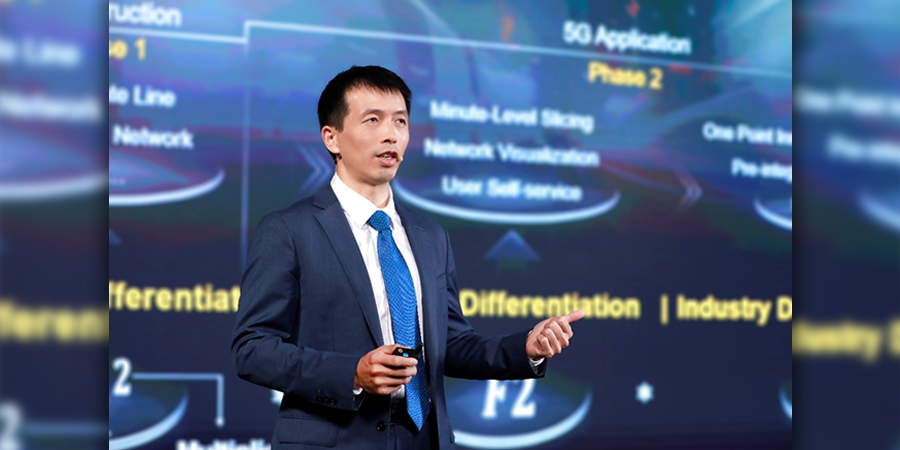At the Better World Summit for NetX 2025 & X-Tech, Huawei proposed the planning of future-oriented target networks.
This approach aims to seize new opportunities and address new challenges related to 5G development and industry digitization, helping operators build differentiated competitive advantages and achieve business success.
At the event, Peng Song, President of Global Carrier Marketing and Solution Sales at Huawei delivered a keynote titled "NetX 2025: Build the Future-oriented Competitive Target Network".
With an intelligent world fast approaching, many industries have started their digital journey. Peng believes that operator networks are the very foundation of the digital economy, and four major changes will take place: First, operators will see new variations in their customers, serving more industry customers in addition to consumers. Second, operators will offer new services. In addition to connections and data traffic, operators will provide numerous industry-specific solutions. Third, operator network services will change from best effort to committed service-level agreements (regarding latency, speed, reliability, etc.) in order to meet the requirements of all industries. Fourth, the business scenarios that operators deal with will need to be full of uncertainty in order to meet the unique needs of different industries.
Faced with these changes, how can operators ensure sustainable business growth? According to Peng, the sustainable profitability of operators is determined by their ability to provide differentiated network services, customer services, and industry integration services. These factors determine operators' ability to set premium prices during future business operations.
Differentiated network services are not just about differentiated network capabilities. For operators, this is about network differentiation throughout the process, including more precise network planning, faster and easier network deployment, simplified O&M, and more efficient network optimization.
Peng highlighted how important it was for Huawei to actively explore ways to help operators develop and fully monetize differentiated competitive advantages.
As capabilities are developed in practice, improving operators' capabilities in terms of delivery, O&M, and marketing will allow them to seize opportunities and quickly achieve a positive business cycle. This will, in turn, make them more competitive and ensure they gain a bigger market share.
Operators must change the way they plan networks, as future networks will be planned based on target networks. Our planning model for B2C services should transform from traffic-driven to experience-driven. Regarding B2B services, we should more carefully consider how to address uncertain needs. Planning based on target networks must focus on providing the optimal industry application experience.
Peng also emphasized the four key features of future target networks:
First, super connectivity: Providing experience-centric, ubiquitous, high-speed, and scenario-based connections for customers.
Second, convergence and simplification: Implementing simplified architecture and protocols, and supporting the evolution of all services with simplified networks.
Third, adaptive flexibility: Including flexibility in terms of services, deployment, and management.
Fourth, intelligent collaboration: Applying AI to network autonomy to enable the Autonomous Driving Network.
Peng ended the keynote by quoting an old Chinese saying, "With a solid foundation, trees and flowers will flourish". "We firmly believe that today's high-quality target network planning will lead to thriving future services", he continued. He also urged operators and industry partners to work with Huawei to explore and build future-oriented target networks.
Many high-profile guests attended the event and delivered keynotes, including Tiina Höckert, Director of Access Design of Elisa, Joachim Horn, Chief Technology and Information Advisor of Smart and PLDT, Wu Xiangdong, Vice President of China Telecom Research Institute, and Bruno Teyton, Senior Research Director of IDC.
